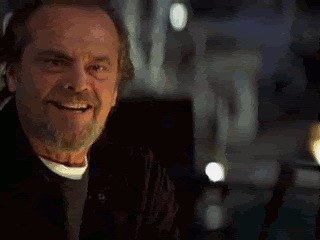NFL statement on MNF controversy - NFC West Blog - ESPN
The NFL has issued the following statement regarding Golden Tate's winning touchdown reception for Seattle against Green Bay on Monday night:
In Monday's game between the Green Bay Packers and Seattle Seahawks, Seattle faced a 4th-and-10 from the Green Bay 24 with eight seconds remaining in the game.
Seattle quarterback Russell Wilson threw a pass into the end zone. Several players, including Seattle wide receiver Golden Tate and Green Bay safety M.D. Jennings, jumped into the air in an attempt to catch the ball.
While the ball is in the air, Tate can be seen shoving Green Bay cornerback Sam Shields to the ground. This should have been a penalty for offensive pass interference, which would have ended the game. It was not called and is not reviewable in instant replay.
When the players hit the ground in the end zone, the officials determined that both Tate and Jennings had possession of the ball. Under the rule for simultaneous catch, the ball belongs to Tate, the offensive player. The result of the play was a touchdown.
Replay Official Howard Slavin stopped the game for an instant replay review. The aspects of the play that were reviewable included if the ball hit the ground and who had possession of the ball. In the end zone, a ruling of a simultaneous catch is reviewable. That is not the case in the field of play, only in the end zone.
Referee Wayne Elliott determined that no indisputable visual evidence existed to overturn the call on the field, and as a result, the on-field ruling of touchdown stood. The NFL Officiating Department reviewed the video today and supports the decision not to overturn the on-field ruling following the instant replay review.
The result of the game is final.
Applicable rules to the play are as follows:
A player (or players) jumping in the air has not legally gained possession of the ball until he satisfies the elements of a catch listed here.
Rule 8, Section 1, Article 3 of the NFL Rule Book defines a catch:
A forward pass is complete (by the offense) or intercepted (by the defense) if a player, who is inbounds:
(a) secures control of the ball in his hands or arms prior to the ball touching the ground; and
(b) touches the ground inbounds with both feet or with any part of his body other than his hands; and
(c) maintains control of the ball long enough, after (a) and (b) have been fulfilled, to enable him to perform any act common to the game (i.e., maintaining control long enough to pitch it, pass it, advance with it, or avoid or ward off an opponent, etc.).
When a player (or players) is going to the ground in the attempt to catch a pass, Rule 8, Section 1, Article 3, Item 1 states:
Player Going to the Ground. If a player goes to the ground in the act of catching a pass (with or without contact by an opponent), he must maintain control of the ball throughout the process of contacting the ground, whether in the field of play or the end zone. If he loses control of the ball, and the ball touches the ground before he regains control, the pass is incomplete. If he regains control prior to the ball touching the ground, the pass is complete.
Rule 8, Section 1, Article 3, Item 5 states:
Simultaneous Catch. If a pass is caught simultaneously by two eligible opponents, and both players retain it, the ball belongs to the passers. It is not a simultaneous catch if a player gains control first and an opponent subsequently gains joint control. If the ball is muffed after simultaneous touching by two such players, all the players of the passing team become eligible to catch the loose ball.








